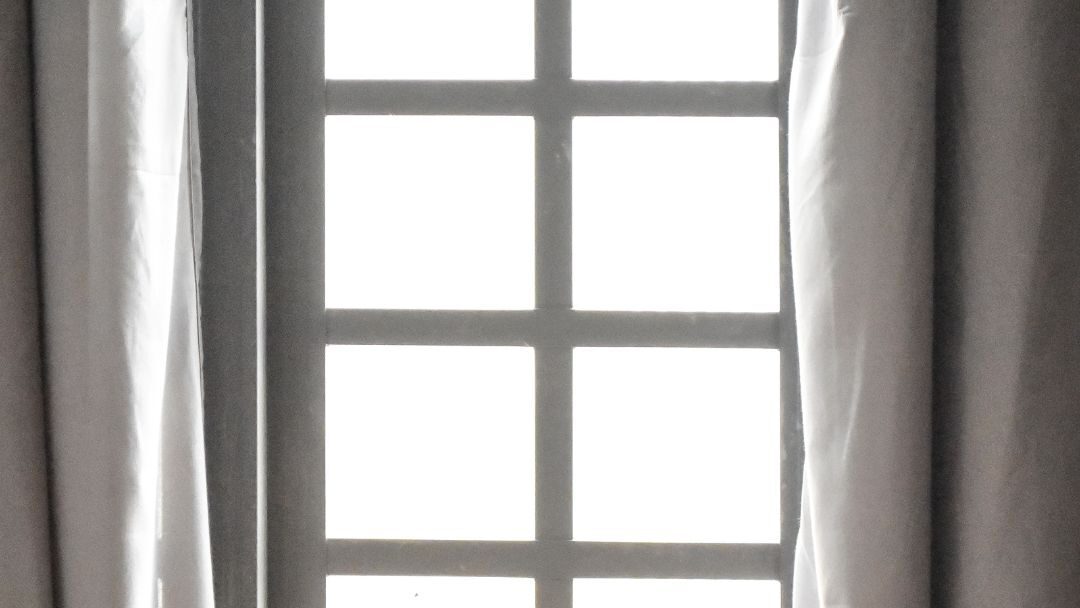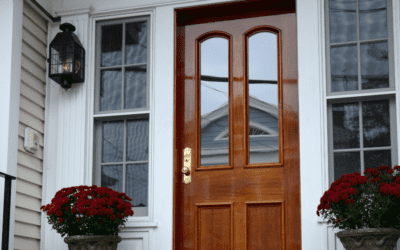Window Styles: Enhancing Your Home’s Aesthetic and Functionality

Windows are more than just portals to the outside world; they are crucial to your home’s energy efficiency, comfort, and overall aesthetic appeal. Various window styles allow homeowners to choose options that suit their needs, preferences, and architectural design. Our comprehensive guide explores ten types of replacement windows, helping you make informed decisions for your next home improvement project.
Types of Replacement Windows
Single-Hung Windows
Single-hung windows, especially common in the coastal areas of the United States, are recognizable by their fixed top sash. Only the bottom sash moves vertically in this classic design. Single-hung windows are popular for their simplicity, affordability, and ease of maintenance. Because only the bottom half of the window is operable, it is less susceptible to rain leakage and wind infiltration, making it an excellent choice for areas prone to severe weather. These windows are also energy-efficient, as the fixed upper sash reduces the potential for air leaks.
Double-Hung Windows
Similar to single-hung windows, double-hung windows are divided into two parts. However, both sashes can be raised and lowered, introducing easy access to airflow. This design allows for better ventilation control by opening the top, bottom, or both sashes. Double-hung windows are especially useful in households with children, as the lower portion of the window can be secured while the upper portion remains open for air circulation. They’re also easier to clean from the inside, as many models tilt inward for convenient access to both sides of the glass.
Sliding Windows
Sliding windows open horizontally. Because they require minimal space, they are most commonly found behind kitchen sinks and counters. These windows have two or more sashes that slide along a track, with at least one mobile sash. As a result, they are generally wide, framing spectacular views and allowing for plenty of airflow in the summer months when opened. Sliding windows are low-maintenance and easy to operate, making them ideal for hard-to-reach areas. Their large glass area maximizes natural light, potentially reducing energy costs for lighting.
Casement and Awning Windows
Casement and awning windows are virtually identical in operation but differ in orientation. Casement windows are installed vertically and hinged on one side, opening outward like a door. Awning windows are hinged at the top and open outward from the bottom. Both provide extra security in rainy and windy climates, as they are opened with a hand crank. When fully extended, these windows create a tight seal against the frame, offering excellent energy efficiency and weather resistance. They also provide unobstructed views and maximum open ventilation, making them popular choices for contemporary homes.
Picture Windows
Picture windows are usually large, attractive windows that don’t open. They are used to frame gorgeous views and are especially useful in windy climates, as they let in ample light without sacrificing safety. These fixed-pane windows are highly energy-efficient due to their airtight seal and are ideal for showcasing panoramic landscapes or garden views. While they don’t provide ventilation, picture windows can be combined with other operable window styles to create a customized look that balances aesthetics with functionality.
Acrylic Block Windows
Acrylic block windows, most often found in bathrooms and showers, are resin-filled blocks. These windows allow for privacy and light and can also be used to create sidelights for windows and shower enclosures. Acrylic blocks offer the look of traditional glass blocks but with added benefits such as better insulation, lighter weight, and easier installation. They’re available in various patterns and colors, allowing customization to match your home’s decor while maintaining privacy.
Hopper Windows
Hopper windows are a basement’s best friend but are also useful in garages, attics, and other areas with limited window space. Basements generally only have a few feet of space above ground level, and hopper windows utilize that space efficiently. These windows are hinged at the bottom and open inward from the top, allowing ventilation while preventing leaves and debris from entering. Their design makes them difficult for intruders to access, enhancing home security. Hopper windows are often combined with larger windows to improve air circulation.
Bay Windows
Bay windows are boxy, protruding windows, usually divided into three parts: a large central window with two casements on either side. This design creates a small nook inside the home, perfect for a cozy reading area or display space. Bay windows add architectural interest to a home’s interior and exterior, allowing more natural light to enter. They can also make a room feel larger and provide panoramic views of the outdoors. Bay windows are versatile and can be customized with different window styles for the side panels.
Bow Windows
Bow windows protrude from the house in the same way that bay windows do. However, they are curved and have three or more equally sized panels, creating a more rounded appearance than bay windows. Bow windows typically use casement or double-hung windows for each section, offering a combination of fixed and operable units. They provide a wider view of the outdoors, making a room feel more spacious. Bow windows are often associated with Victorian-style architecture but can add elegance to various home styles.
Garden Windows
Garden windows also stick out from the house but are usually smaller and provide a perfectly shaped space for shelves where plants and succulents can be placed to receive sunlight. These greenhouse-like windows typically have a sloped glass roof to allow maximum sunlight exposure and side vents for temperature control. Garden windows are popular in kitchens which can be used to grow herbs or display decorative items. They add functional space and visual interest to a room, bringing a touch of nature indoors.
Choosing the Right Windows for Your Home
Selecting the perfect windows for your home involves considering various factors, including climate, architecture, and personal preferences. Each window style offers unique benefits, from energy efficiency to aesthetic appeal. Whether you’re looking for expansive views with picture windows or versatile ventilation options with double-hung windows, there’s a style to match your needs.
For homeowners in Sarasota, Bradenton, and surrounding Florida communities, Mr. Build offers expert guidance and high-quality window replacement services. With over four decades of experience since 1976, Mr. Build has established itself as a trusted name in home improvement. Our extensive range of products and commitment to customer satisfaction make them an ideal partner for your window replacement project.
When considering new windows, consult with professionals like Mr. Build to ensure you make the best home choice. Our expertise in residential and commercial projects, competitive pricing, and excellent installation services can help transform your living space while enhancing your home’s energy efficiency and value. Contact us today!




